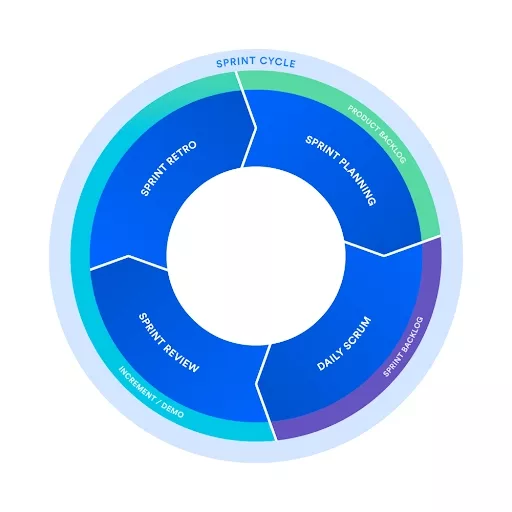Idea-to-Market: Validate, Create a Go-To-Market Strategy and Launch

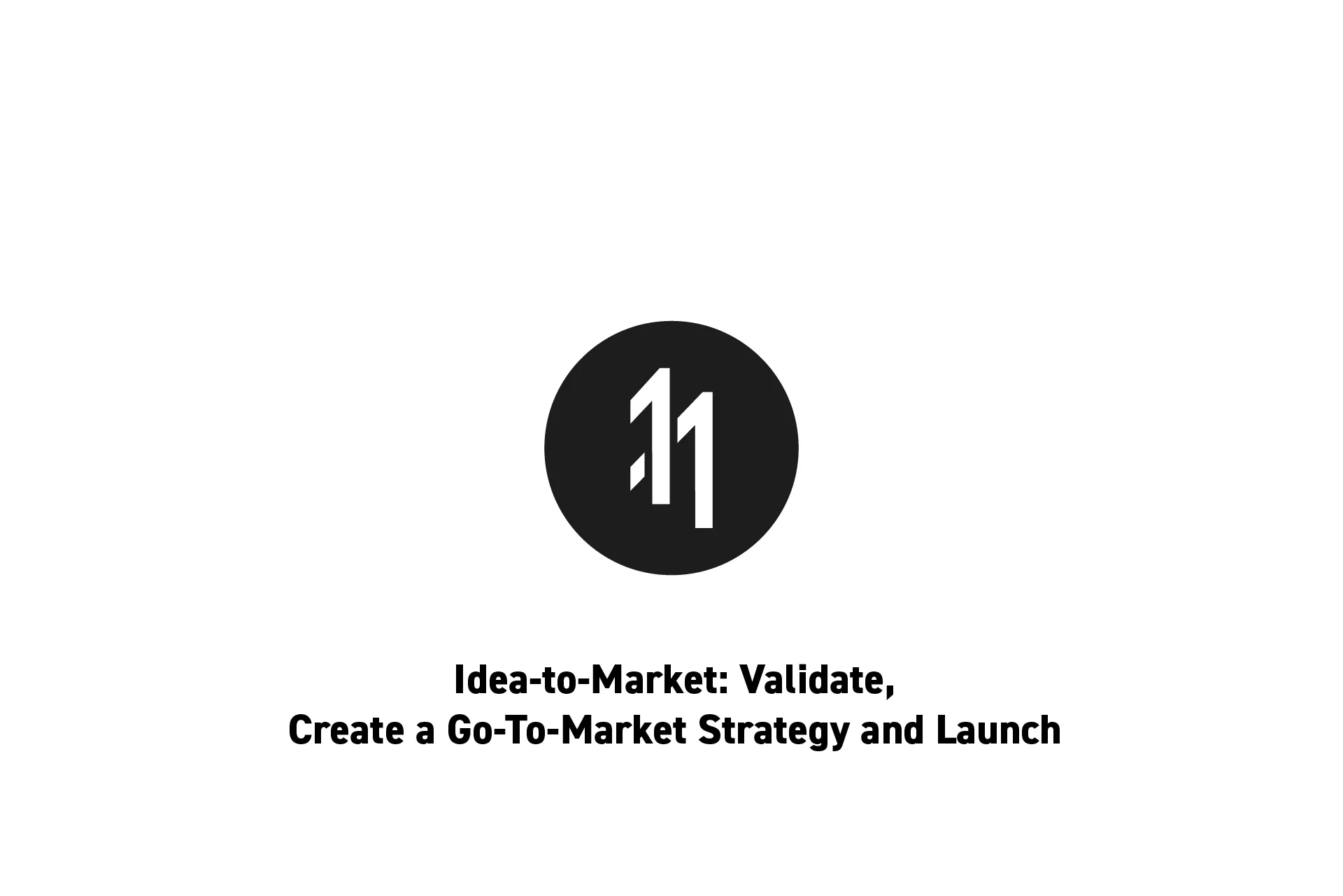
A guide for validating a business idea, creating a go-to-market (GTM) strategy and launching a product, service or experience that generates a return on investment.
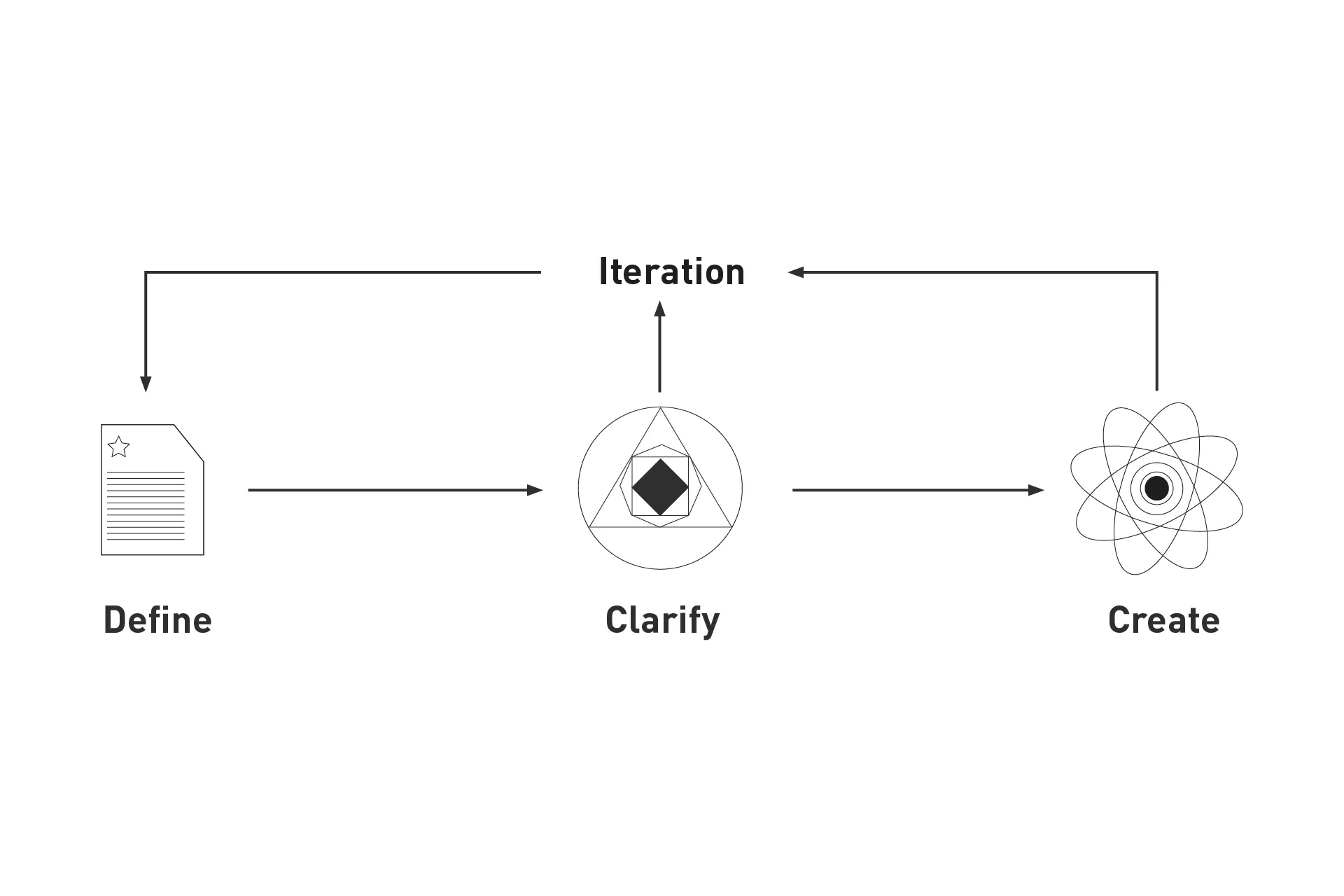
delasign's process
The following describes the methods that we use as part of our iterative process and is intended for entrepreneurs, individuals or companies that are looking to innovate within a sector or industry.
This efficient process focuses on creating a new product, service or experience (i.e. an initiative) that brings value a target audience (i.e. customers), has a product-market fit (PMF), a go-to-market (GTM) strategy and produces a return on investment.
Step One: Validate the Business Idea
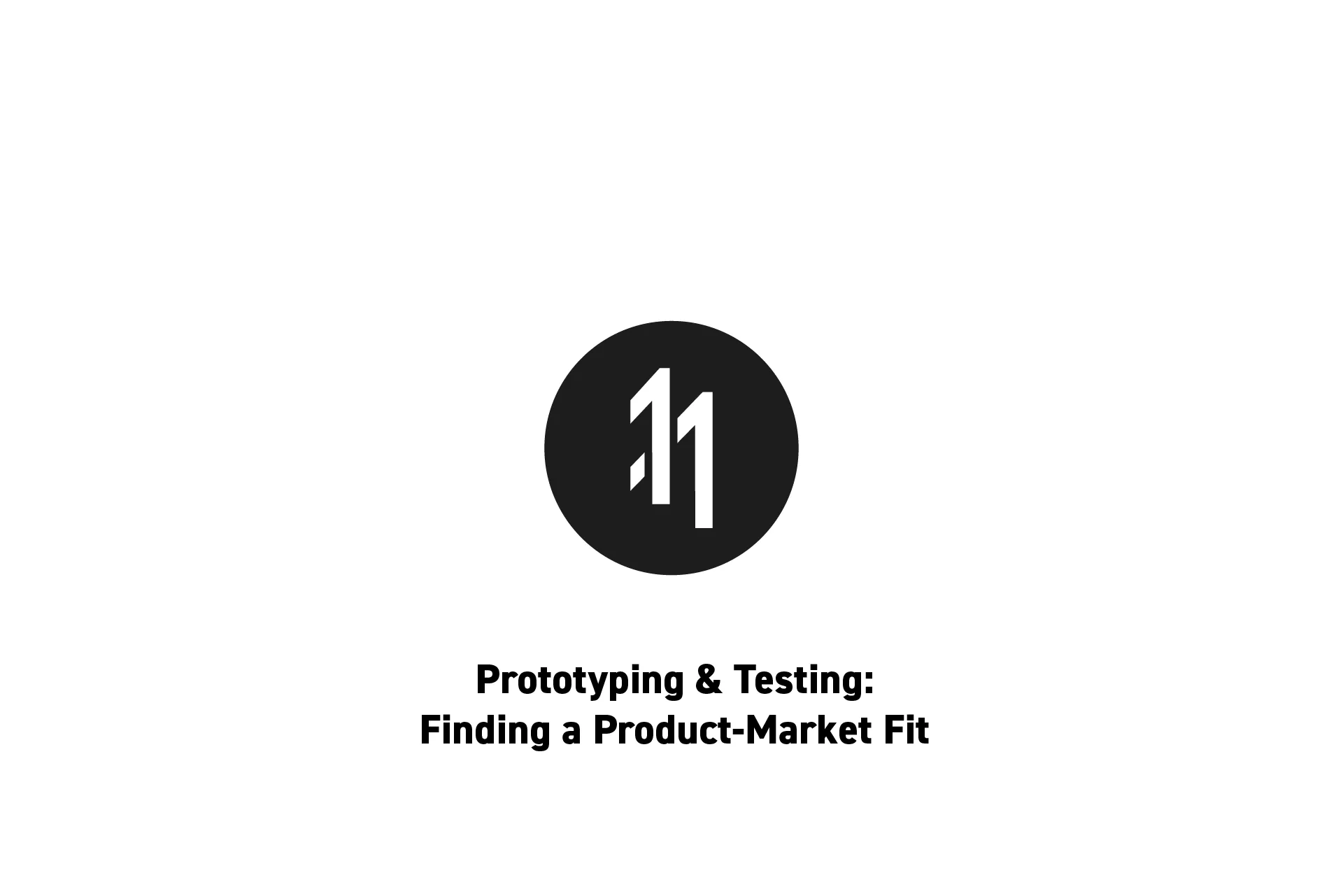
To guarantee that a business idea has a market size and value worth pursuing you must validate it through user research, prototyping and testing.
At the end of this process you should have a product-market fit and be able to clearly articulate what the initiative is, who it is for, how it brings value, how many customers would be willing to pay for it and ideally, have paying customers to whom you are giving the concierge treatment.
Please note that you should not proceed to Step Two until you have significant evidence that you are delivering value, customers are willing to pay for the initiative and that there is a large enough market to generate a return on investment.
Step Two: Create the Go-To-Market Strategy
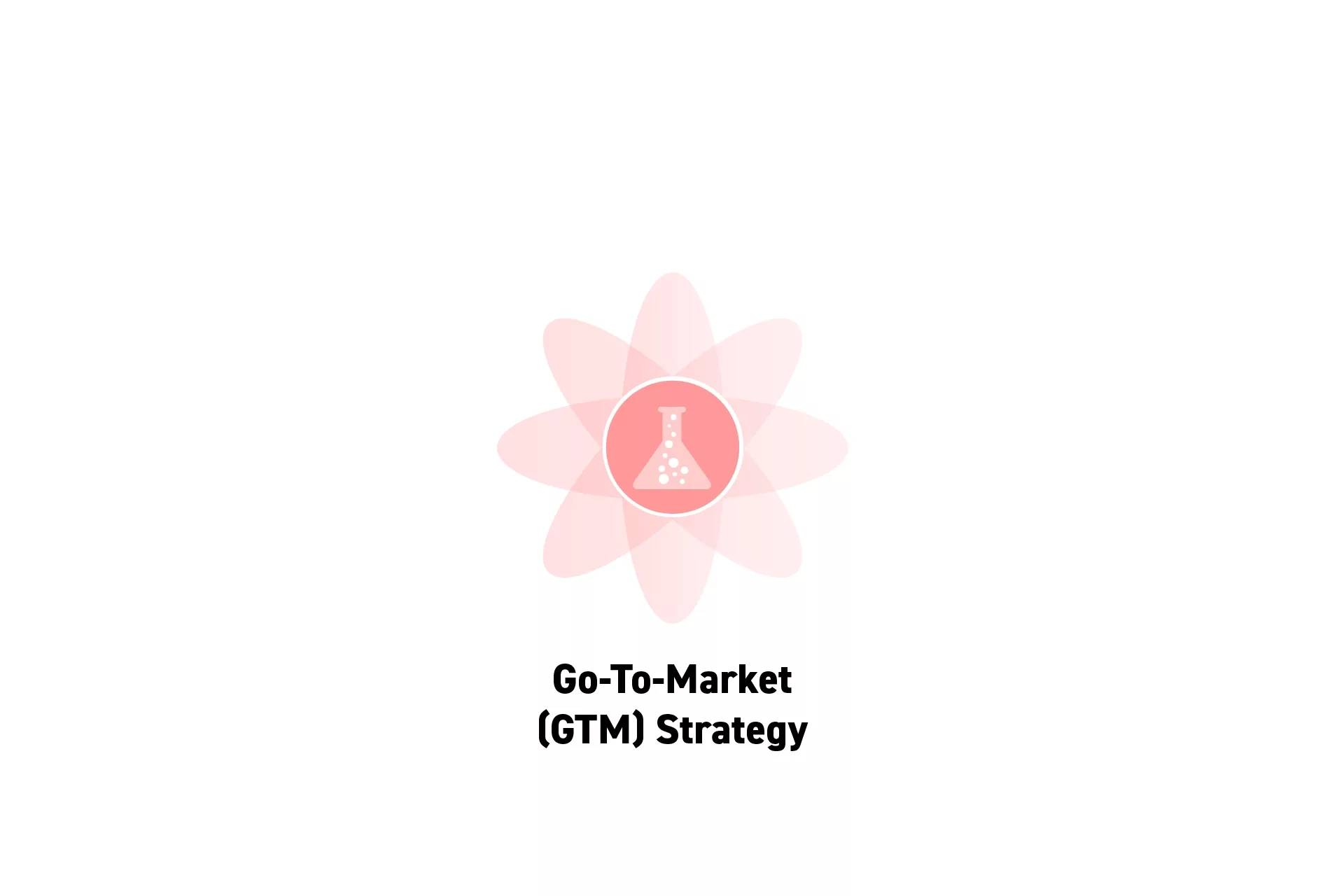
Create a strategic plan of action, known as a go-to-market (GTM) strategy, that describes how you will launch the initiative, reach the target audience, grow the customer base and generate a return on investment.
Step Three: Define the Team

Using the definitions generated from Steps One and Two, determine the roles and team size required to take the initiative to market.
The team may be compromised of a single individual, members of your organization or a contractor/agency/consultancy (i.e. a third party); or a combination of them.
Please note that it is possible that the means that you took to validate the initiative through prototyping and testing produced an MVP that you can take to market, reducing the amount of work that has to be done in Step Four.
Step Four: Sprint
Onboard the team through a Sprint 0.
Sprint 0s are intended for teams to come together to discover the project and develop a backlog and project skeleton. This methodology empowers teams to efficiently execute and deliver the initiative through an agile project management framework known as scrum.
Please note that most initiatives are not designed well from their inception and need to be refined as they are developed and tested to make sure that they produce the right outcome.
These errors should be accounted for, may include updates to the codebase, technology systems map, service blueprint or the user experience map and are often captured during a Sprint Review or a Backlog Grooming ceremony.
Step Five: Launch
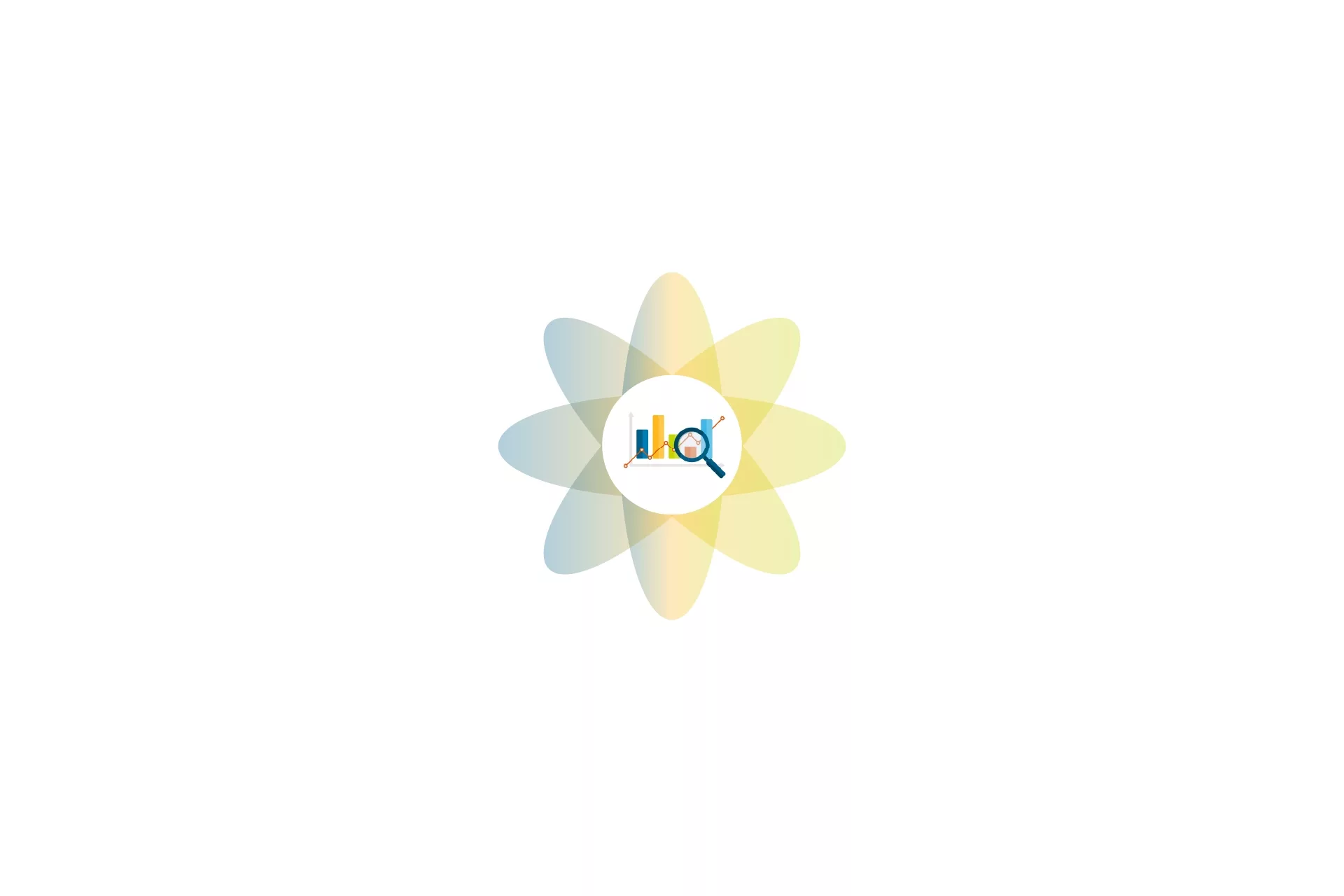
Launch the initiative and carefully measure and monitor its performance, as these metrics will reveal the secrets of what works, what needs to be changed or what should be removed.
Step Six: Hypercare & Knowledge Transfer
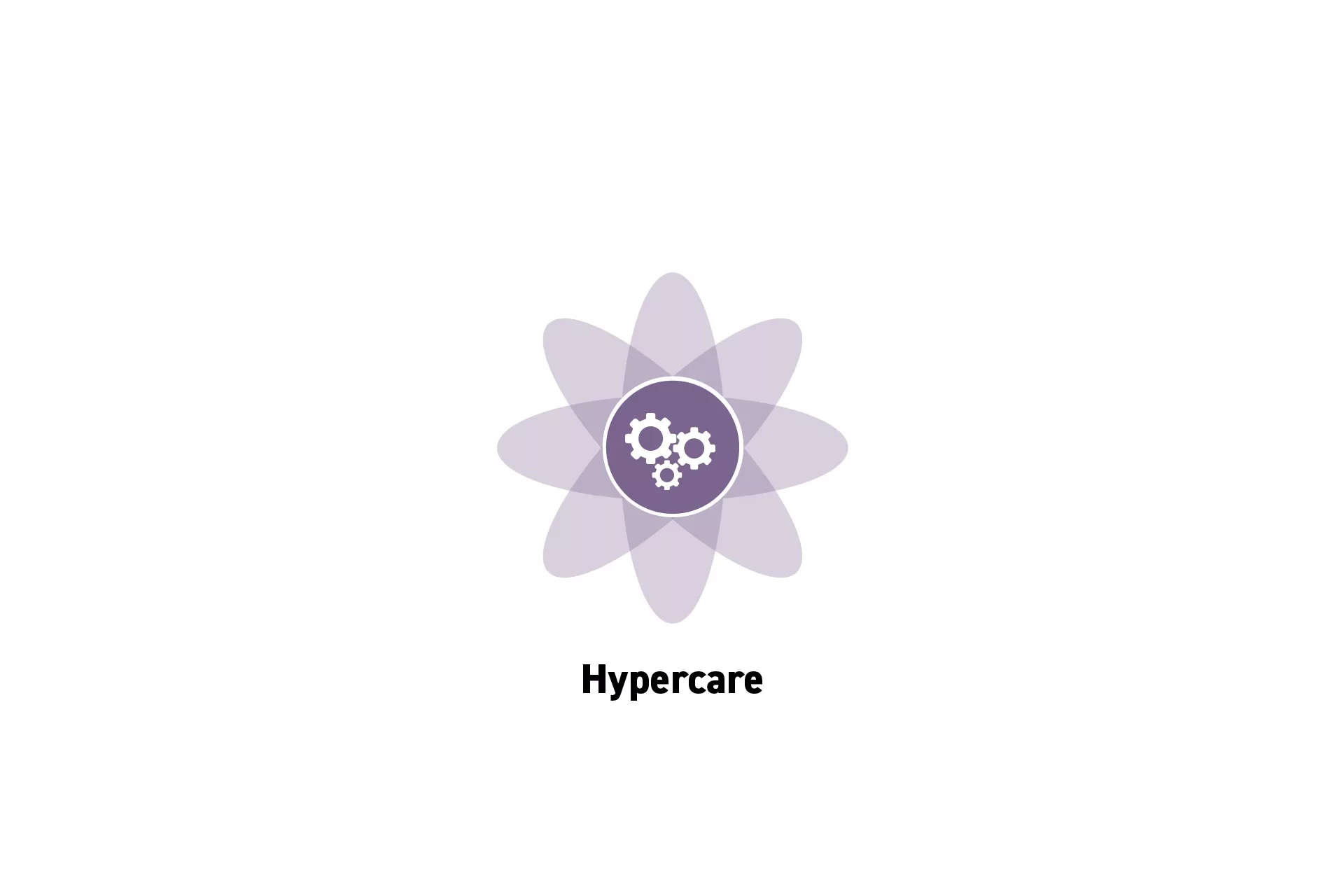
In the event that you chose to work with a third party, make sure to assign a period of 2-3 weeks at the end of the project where by:
- The agency or service provider is on call and is monitoring performance at all times to guarantee that everything goes smoothly (i.e. Hypercare).
- The agency or service provider educates an internal team on how the initiative has been built, how the initiative works and what's required to maintain it (i.e. Knowledge Transfer).
Looking to take an initiative to market?
We would love to get to know you and see how we can help your organization with its goals and needs.
Looking to learn more about Innovation, Project Management, Design, Technology and Strategy?
Search our blog to find educational content on innovation, project management, design, development and strategy.

